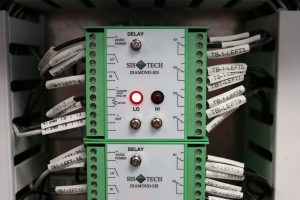SIS-TECH Solutions, LP is celebrating the 15 anniversary of SIL Solver with its V7 product. SIL Solver started as a computational tool and evolved into a lifecycle tool with V7. 1000s of users have analyzed their safety-critical systems and identified ways to improve their performance since SIL Solver V1. The built-in database expanded from simple process technologies to cover complex technologies with high diagnostic capabilities. Throughout it all, SIS-TECH’s technical staff mentored and trained SIL Solver users enabling them to quickly analyze system functions and to try different architectures to improve performance or reduce test requirements.











